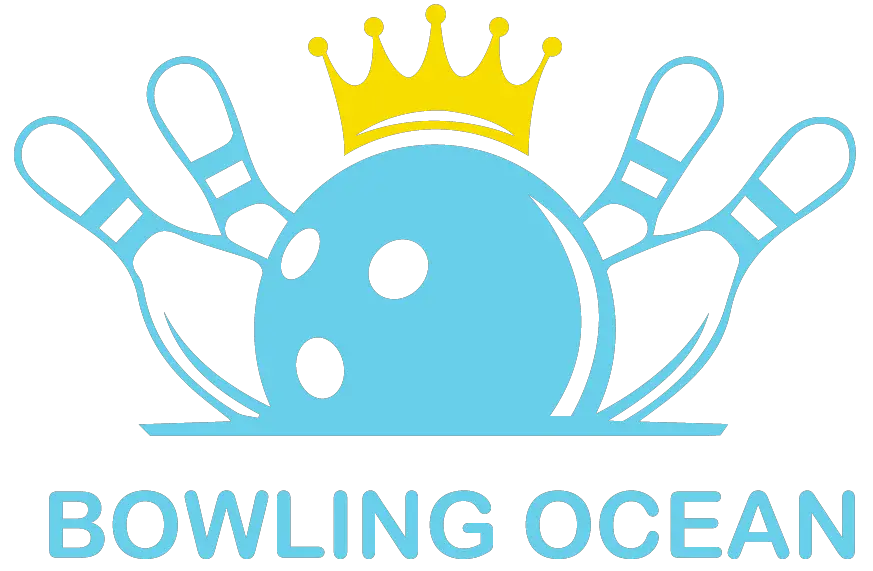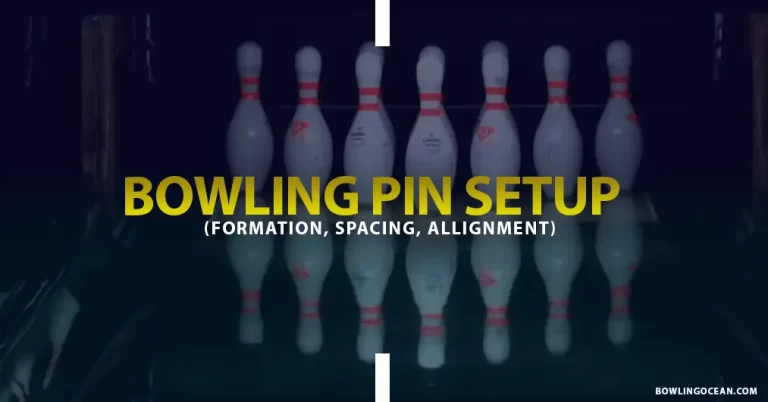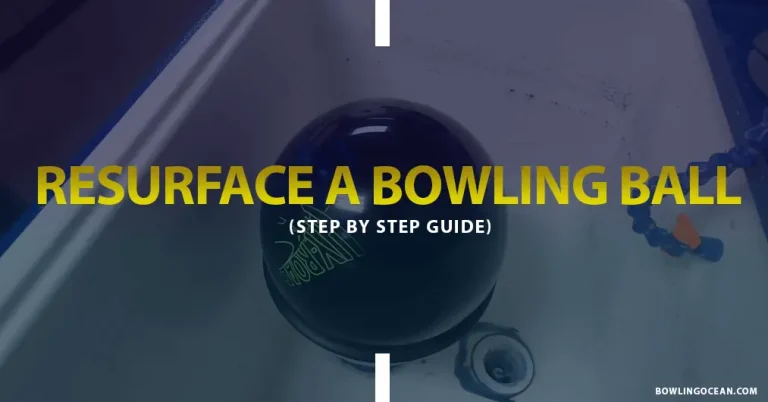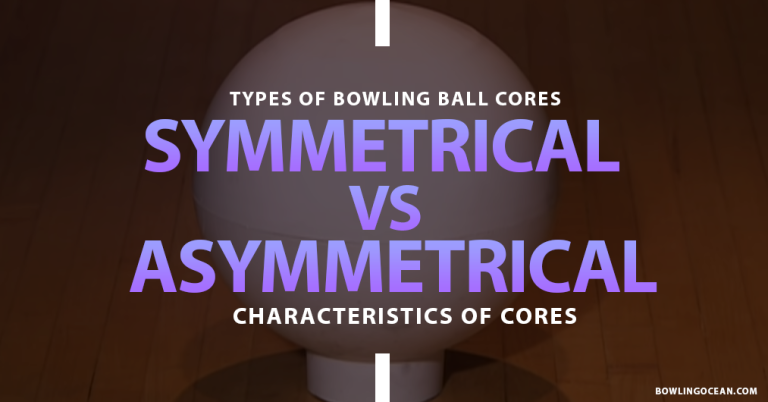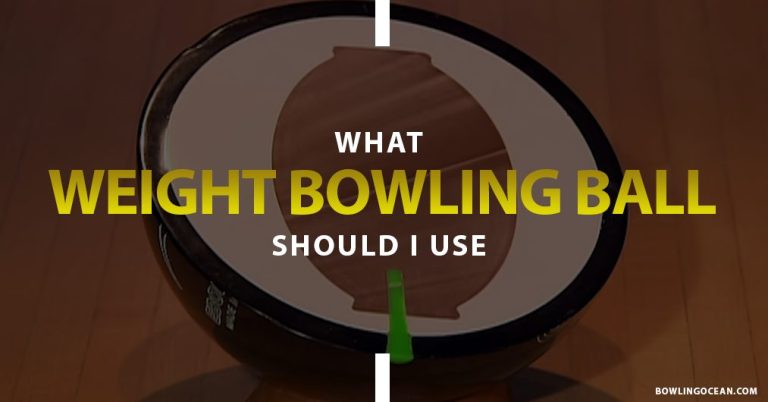How to Make a Bowling Ball Spinner? Home DIY
It is heart-wrenching to see your bowling ball’s shine, texture, and smoothness fading over time. Using bowling balls long on the alleyway can result in wear and tear on the ball surface if you need to maintain it properly. Maintenance allows your ball to work effectively for years.
A bowling ball spinner can be used for this purpose. You can quickly sand, polish, and even out the bowling ball’s surface. Don’t have one? Then learn how to make a bowling ball spinner; yes, you can DIY it on your own.
This article will teach you how to make your bowling ball spinner with low-cost materials and an easy-to-follow process. So you can revive your bowling ball into its glory.
Homemade Bowling Ball Spinner – Step-by-Step Guide
The ball spinner is essential for maintaining the ball’s performance or shine, so it can keep working effectively. Professionally used ball spinners can be costly and only affordable for some. Alternative options are always there that you can opt for. Like how to bake a bowling ball, making a spinner is also possible at home.
Making a ball spinner at home is easy than said. You need to gather the material already available in your home or regular shopping mart; follow the instructions properly, and you can have your ball spinner.
1. Gathering Material
- Power drill with a chuck
- PVC pipe (2-inch diameter, approximately 3 feet long)
- Plywood or sturdy wooden board (2 feet by 2 feet)
- Lazy Susan turntable or ball bearing swivel plate (6 inches in diameter)
- Electric motor (12-volt DC motor)
- Motor speed controller (PWM controller)
- On/Off switch
- Power supply (12-volt DC power supply)
- Screws
- Drill bits (appropriate for drilling holes in PVC and wood)
- Sandpaper (medium and fine grit)
- Rubber bands or foam padding
- Safety goggles
- Measuring tape
- Pencil or marker
2. Prepare the Base
The first step is preparing the base, marking the wooden board from all sides, and pointing out the center of the board. Then place the Lazy Susan turntable into the marked center point of the wooden ply.
Now take the drill and drill pilot holes from the turntable into the plywood. When the holes are done, screw the turntable to the plywood using screws. Ensure the tight closure of the screws.
3. Construct PVC Frame
Cut the PVC pipe into three pieces; keep two pieces 8 inches long and one 12 inches long. Carefully drill holes into three PVC pipes, aligning them with the holes on the turntable.
Now you have to attach a 12-inch segment vertically to the center hole of the turntable with screws. Now, attach the two 8-inch pieces horizontally to the other holes; it will form a “t” shape in the end.
4. Mount the Motor
Now, your motor should be positioned near the vertical PVC segment—Mark holes for mounting the motor to the wooden base. Drill through the markings and attach the motor to the base using screws.
5. Connect Motor to Power Source
Now that the motor is mounted, connecting it to the power source is time. Join the negative and positive ends of the motor to the respective terminals on the motor speed controller.
Connect the motor controller input wires to the power supply’s negative and positive terminals. Then carefully connect the motor controller’s output wires to the moto’s positive and negative ends.
Attach an on/off switch to make the connection more convenient. The switch will be placed between the power supply and the motor controller, ensuring easy accessibility.
6. Creating Ball Holder
You can use rubber bands or soft foam padding around the horizontal PVC pipes to design a cushioned grip on the all. Ensure the padding you made provides support and safety for the bowling ball while spinning.
Final Touches
See closely if there are any sharp edges around your DIY bowling ball spinner setup, especially around PVCs. If you suspect roughness or anything like that, use sandpaper to even out and make it smooth; otherwise, the ball surface will be damaged. You can also check other DIY ideas, like how to build a bowling lane in your basement.
Wrap Up
Now you don’t need to spend huge money on a professional ball spinner because you know how to make a bowling ball spinner. Gather the tools, prepare a strong base to support the spinning action and a powerful motor to generate enough current. Follow through the steps to get your custom-made ball spinner. Follow the safety precautions while using the drill and electric equipment.
Homemade ball spinner is durable and reliable for a long time. Grant your ball the shine it deserves rolling down the alley!
Read also: How to Resurface a Bowling Ball at Home
FAQs

William Martin is a passionate bowler who spends most of his weekends playing the sport. With years of intense experience under his belt, William decided to share his knowledge by creating BOWLING OCEAN. Join me on this journey to explore the world of bowling and discover the tips and tricks to becoming a pro.
